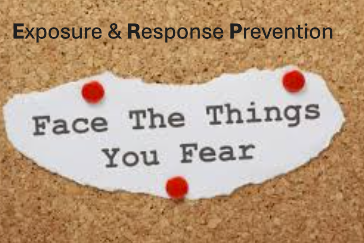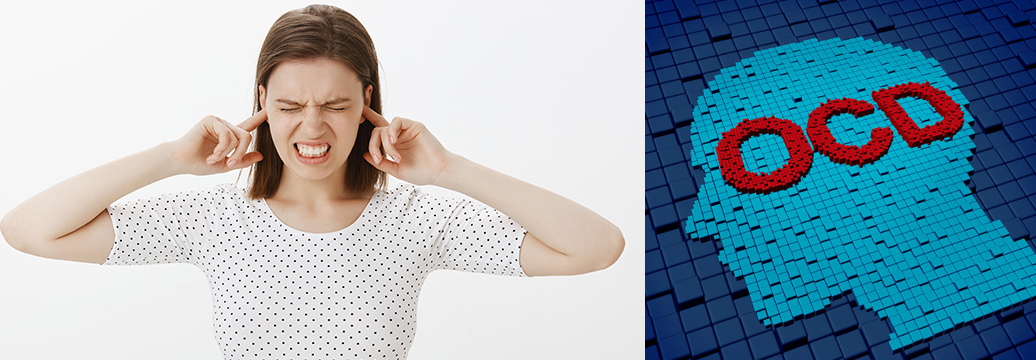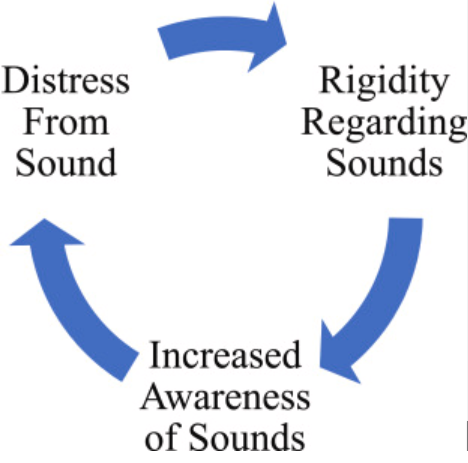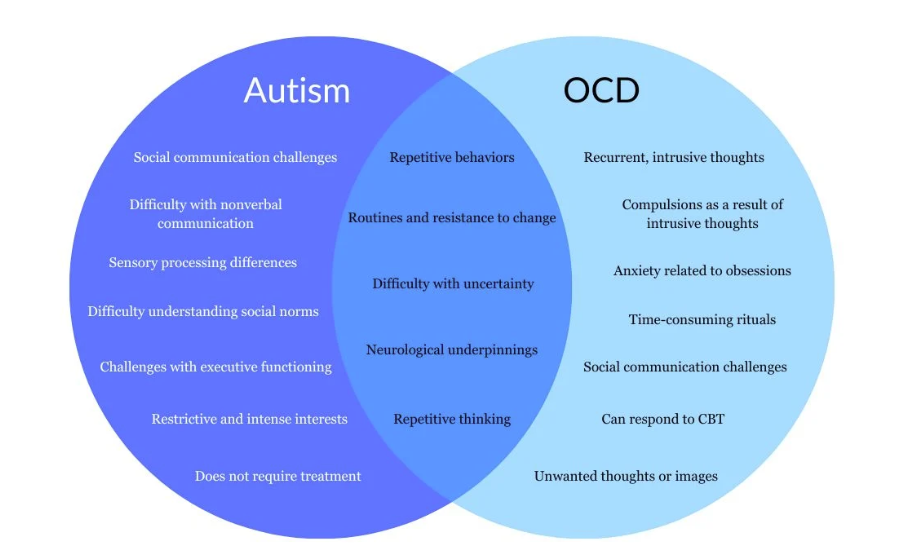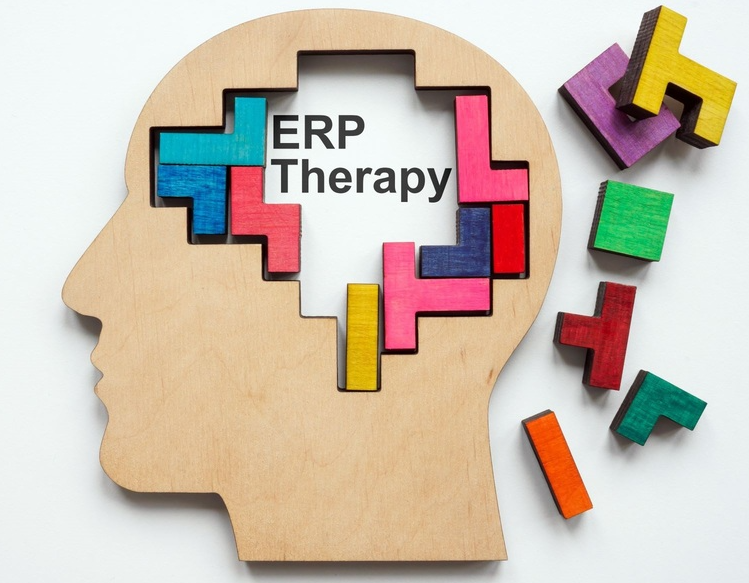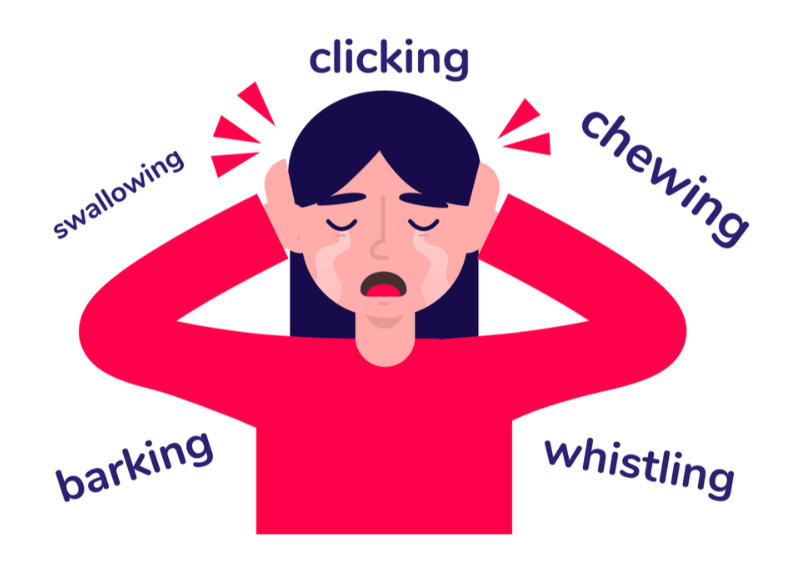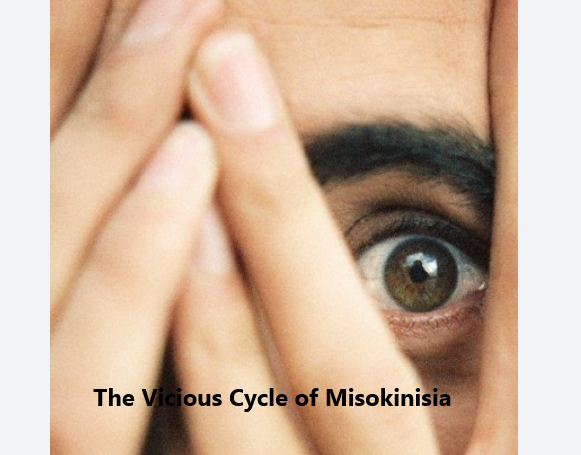Understanding Emetophobia and How to Overcome It
If you struggle with an intense fear of vomiting, you’re not alone. Emetophobia can deeply impact your daily life, leading to extreme avoidance behaviors, anxiety, and distress. The good news is that there are effective ways to address this fear, helping you regain control and live more freely. One of the most effective treatments is Exposure and Response Prevention (ERP), which is best done under the guidance of a professional to ensure it is approached gradually and safely.
What is Emetophobia?
Emetophobia is the overwhelming fear of vomiting or seeing someone else vomit. If you have this fear, you may go to great lengths to avoid anything that might trigger nausea or vomiting, even if it means restricting your life significantly.
How Emetophobia Can Affect Your Life
This fear can show up in many different ways, such as:
- Sticking to a limited list of "safe" foods, sometimes in ways that don’t make logical sense to others. For example, you might avoid bread because of a fear of mold but feel comfortable eating fried foods.
- Avoiding alcohol, medications, or anything that lists nausea as a possible side effect.
- Controlling when, where, and how much you eat—sometimes even avoiding drinking water outside your home for fear of vomiting in public.
- Staying away from places like bars, parties, or social gatherings where people might drink and get sick.
- Struggling with work-related travel, social events, or even eating in a cafeteria at work.
- Avoiding pregnancy due to the fear of morning sickness.
- Children may refuse to eat at school, avoid certain places (like the cafeteria, gym, or bathrooms), or even refuse to attend school altogether.
- Becoming hyper-aware of other people’s behaviors—panicking if someone burps, coughs, looks pale, or even places a hand on their stomach.
Is It a Phobia, or OCD?
Emetophobia is sometimes diagnosed as a Specific Phobia. However, for many people, it has strong similarities to obsessive-compulsive disorder (OCD). If you experience:
- Irrational connections between events (e.g., “I wore shorts when I saw someone vomit, so now I avoid wearing shorts”),
- Constant intrusive thoughts about vomiting and responding with excessive behaviors like washing, checking, avoiding certain places, or carrying safety items like water bottles,
- Or obsessive thinking combined with compulsions, avoidance, and rituals,
...then it might be more accurate to think of your emetophobia as a form of OCD.
How Can Emetophobia Be Treated?
The most effective treatment for emetophobia is Exposure and Response Prevention (ERP). However, it is important to work with a trained professional when engaging in ERP, as it must be done in a gradual and structured way to ensure success. ERP helps you gradually confront the fear of vomiting in a controlled and manageable way, reducing your anxiety over time. It is best applied in three key areas:
1. Addressing Physical Symptoms
A big part of emetophobia is the anxiety that comes with feeling nauseous. Interoceptive exposure, when done under professional guidance, helps you get used to these sensations so they don’t trigger panic. This might involve exercises like:
- Spinning in circles to create dizziness,
- Hyperventilating to experience lightheadedness,
- Or other small, controlled activities that bring on similar sensations in a safe way.
2. Facing Environmental Triggers
Another key step is gradually exposing yourself to situations you've been avoiding. This could include:
- Going to restaurants, school cafeterias, or public restrooms,
- Being around people who might be sick,
- Or eating foods you’ve been avoiding.
ERP is most effective when exposures are introduced gradually, using an exposure hierarchy—starting with smaller challenges and working toward more difficult ones over time.
3. Simulated Vomiting (Without Actually Vomiting!)
While actual vomiting isn’t necessary for recovery, practicing a controlled form of exposure can be helpful. This might involve:
- Using a safe, non-threatening substitute (like mashed-up beans and peas) and pretending to spit it out,
- Watching videos of people vomiting to desensitize yourself to the experience.
Moving Forward—You CAN Overcome This
The idea of facing your fears may seem scary, but ERP has helped many people with emetophobia regain their freedom. The goal is not to force yourself into panic but to gradually train your brain to stop reacting with fear.
If you’re struggling, know that recovery is absolutely possible. With the right guidance, support, and structured approach, you can break free from the cycle of fear and start living a more open and fulfilling life.
A detailed analysis of treating emetophobia
